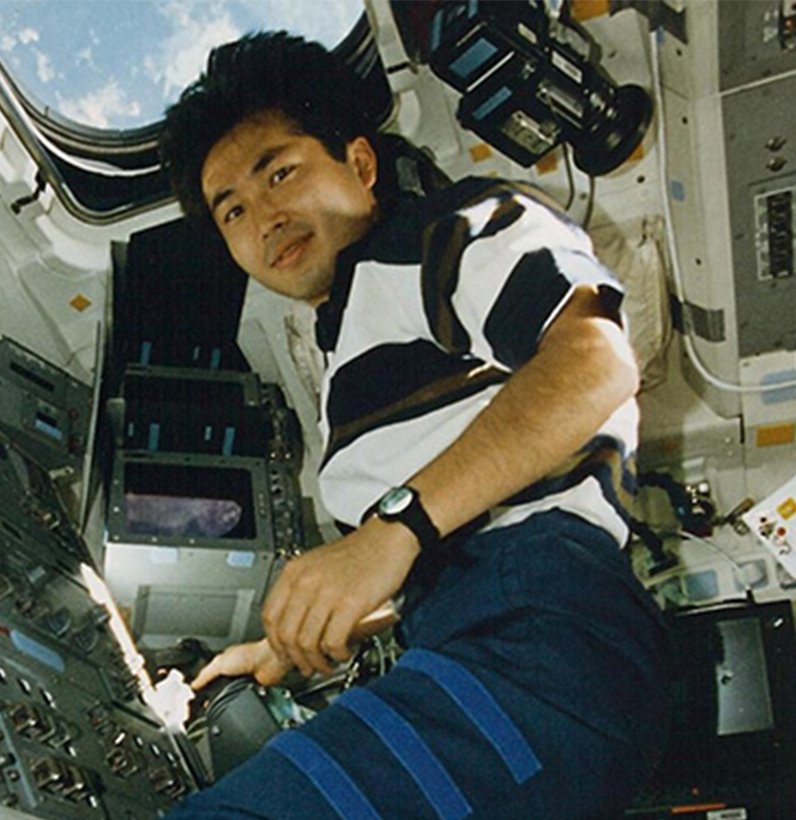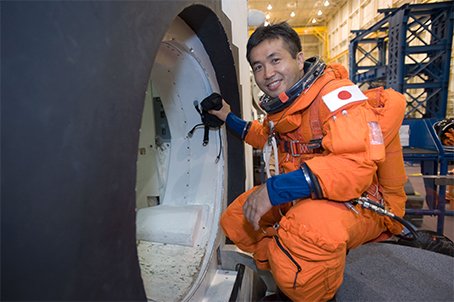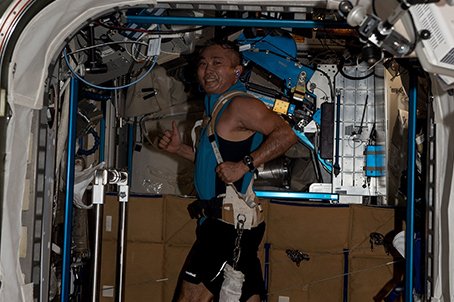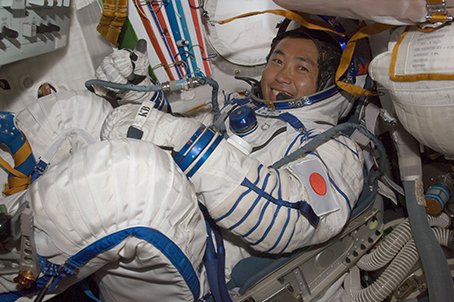Profile
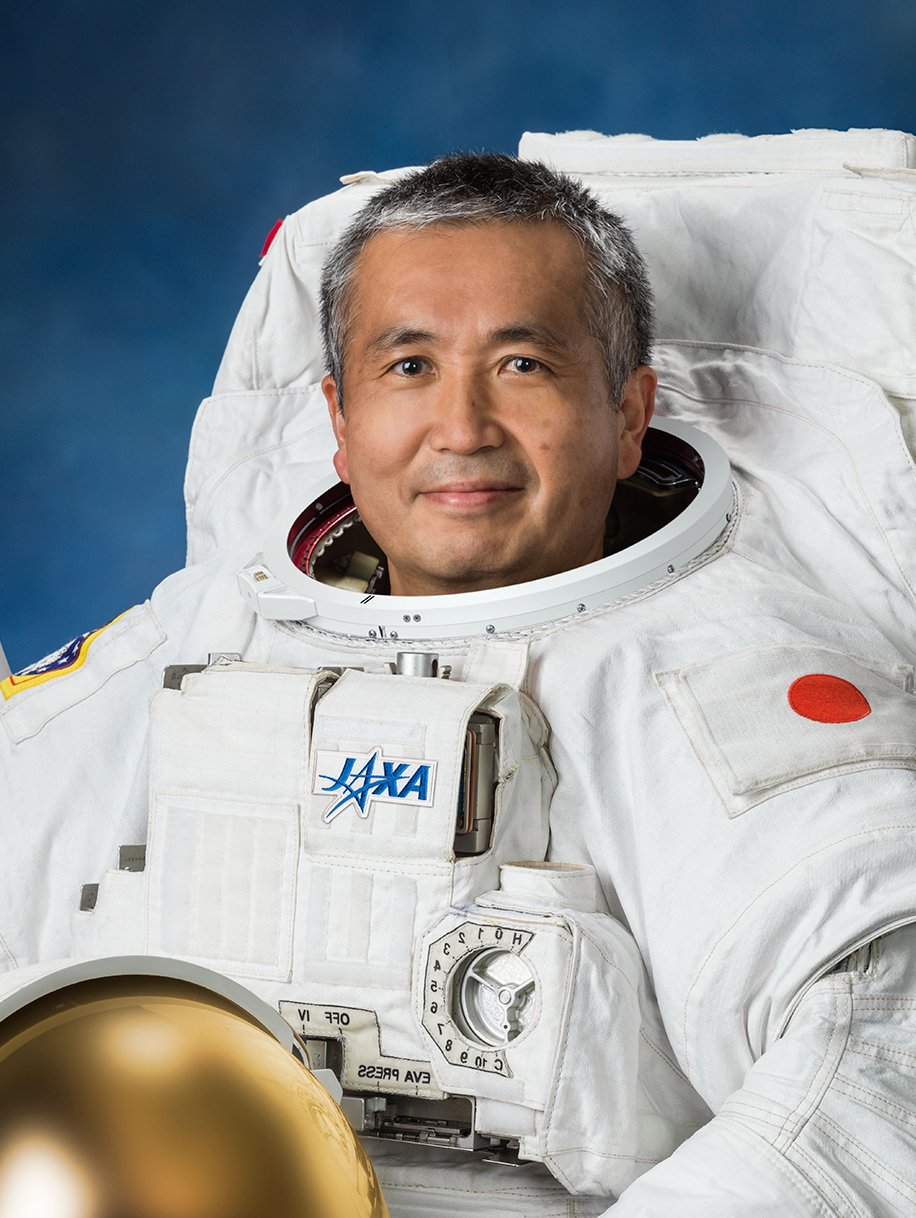
WAKATA Koichi Today
Astronaut and Chief Technology Officer, Axiom Space
Missions
-
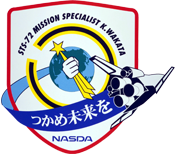 STS-72 (January, 1996, satellites retrieval)
STS-72 (January, 1996, satellites retrieval) -
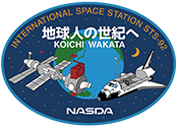 STS-92 (3A) (October, 2000, ISS assembly)
STS-92 (3A) (October, 2000, ISS assembly) -
 STS-119 (15A) (March, 2009, ISS assembly), long-duration mission aboard ISS Expeditions 18, 19, and 20 (March-July, 2009), Soyuz TMA-14 (orbital flight), STS-127 (2J/A) (July, 2009, ISS assembly)
STS-119 (15A) (March, 2009, ISS assembly), long-duration mission aboard ISS Expeditions 18, 19, and 20 (March-July, 2009), Soyuz TMA-14 (orbital flight), STS-127 (2J/A) (July, 2009, ISS assembly) -
 Soyuz TMA-11M, long-duration mission aboard ISS Expeditions 38 and 39 (November, 2013-May, 2014)
Soyuz TMA-11M, long-duration mission aboard ISS Expeditions 38 and 39 (November, 2013-May, 2014) -
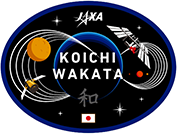 NASA’s SpaceX Crew-5, long-duration mission aboard ISS Expeditions 68(October, 2022-March, 2023)
NASA’s SpaceX Crew-5, long-duration mission aboard ISS Expeditions 68(October, 2022-March, 2023)
Social Media
JAXA Digital Archives
Background
WAKATA Koichi (Ph.D. in Aerospace Engineering) was born in 1963 in Saitama. In 1996, he flew as the first Japanese Space Shuttle Mission Specialist (MS) on STS-72. In 2000, he flew on STS-92 as an MS, and became the first Japanese astronaut to participate in the assembly of the International Space Station (ISS). In 2009, he was the first Japanese astronaut to complete a long-term stay on the ISS as a crew member of STS-119/STS-127 as well as ISS Expeditions 18, 19 and 20. From November 2013 to May 2014, he stayed on the ISS for 188 days as a crew member of Soyuz TMA-11M and ISS Expeditions 38 and 39. On Expedition 39, he led the international crew as the first Japanese Commander of the ISS. From October 2022 to March 2023, he stayed on the ISS for 155 days as a crew member of NASA’s SpaceX Crew-5 and ISS Expedition 68. During his stay, he conducted two spacewalks to install base structure for a new type of solar array (ISS Roll-Out Solar Array: IROSA), which is indispensable for extending the ISS operation through 2030. Upon completion of his fifth space flight on Crew-5, he has accumulated a total of 504 days, 18 hours, and 35 minutes in space, setting a record in Japan's human space flight history for the longest stay in space. Total time of his two spacewalks is 14hours and 2 minutes. He has captured three different space craft (Space Flyer Unit, NASA OAST Flyer, and SpaceX Dragon CRS-3). As of 2023, he has been active as an active astronaut for over 31 years, making him the longest in the world. Retired from JAXA in March 2024.
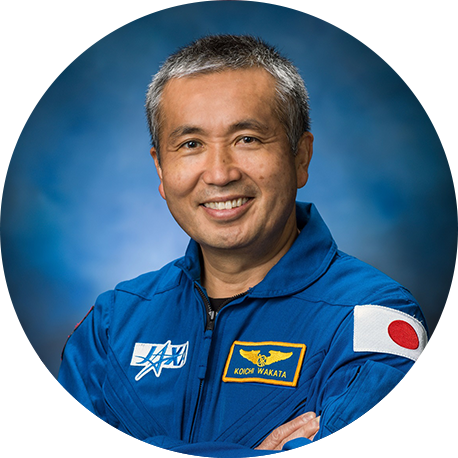
Koichi
Born in Saitama, Japan.
Received Bachelor of Science in Aeronautical Engineering in 1987, M.S. in Applied Mechanics in 1989, and Doctorate in Aerospace Engineering in 2004, all from Kyushu University.
Joined Japan Airlines and served as an aircraft structural engineer at the Narita Maintenance Center as well as in the Systems Engineering Office.
Selected as an astronaut candidate by the National Space Development Agency of Japan (NASDA, currently Japan Aerospace Exploration Agency) in preparation for assembly and operation of Kibo, the Japanese Experiment Module of the ISS. In August, commenced training in the National Aeronautics and Space Administration (NASA)’s 14th astronaut class.
Qualified as a Mission Specialist for Space Shuttle missions.
Technical assignments at the NASA Astronaut Office to date include Space Shuttle flight software verification, development of Space Shuttle payloads, robotics development and operational support, development and operational support for Extravehicular Activities (EVAs), development of Kibo, development of the on-orbit inspection systems of the Thermal Protection System as part of the Space Shuttle's return to flight activities, ISS operations support, development of ISS visiting vehicles, Capcom, and development of ISS Payloads.
Flew on STS-72 as the first Japanese Mission Specialist.
Performed robotics operations for the retrieval of Japan’s Space Flyer Unit satellite (launched in March 1995 on H-II rocket), the deployment and retrieval of the NASA OAST Flyer satellite, and for support of the EVAs.
Supported as Assistant Payload Operations Director for NASDA’s Manipulator Flight Demonstration, a robotic arm experiment for Kibo, during the STS-85 mission.
Operated the robotics system on NASDA's Engineering Test Satellite VII (KIKU-7) in tele-operation robotics experiments.
Became the first Japanese astronaut to work on the ISS assembly on STS-92, responsible for the Space Shuttle’s robotics operations to install the Z-1 Truss and Pressurized Mating Adapter-3 to the ISS, as well as to support the EVAs.
Qualified as a NASA instructor astronaut for robotics.
Also qualified as a NASA instructor astronaut for EVA in July 2008, and for CapCom in August 2015.
Served as Commander of the 10th NASA Extreme Environment Mission Operations (NEEMO) mission, an undersea expedition at the National Oceanic and Atmospheric Administration's Aquarius habitat.
Completed flight engineer training for the Russian Soyuz TMA spacecraft.
Served as a Mission Specialist on STS-119 and operated the Space Shuttle and ISS robotics for the inspection of the Space Shuttle, installation of the S6 Truss on the ISS, and support of the EVAs.
Flew as the first Japanese resident ISS crew member and served as a Flight Engineer and the JAXA Science Officer on the crews of Expeditions 18, 19 and 20, and Soyuz TMA-14 as well as a Mission Specialist on STS-119 and STS-127 (2J/A). Duties during the four-and-half month flight included the final assembly of Kibo, a variety of experiment operation in science, engineering, art, and education, as well as ISS systems operations and maintenance including the operation of the human space robotics systems - Canadarm on the Shuttle, Canadarm2, Dextre, and Kibo's robotic arm on the ISS.
Became the first Japanese astronaut to fly aboard Soyuz TMA-14 spacecraft in orbit.

Became the first Japanese astronaut to serve as the Chief of the Space Station Operations Branch of NASA's Astronaut Office.
Served as the Chief of the JAXA Astronaut Group.
Spent 188 days in space as a crew member of Soyuz TMA-11M and ISS Expeditions 38 and 39. Became the first Japanese Commander of the ISS during Expedition 39.

Supported the rendezvous, capture, and release operations of the “KOUNOTORI5 (HTV5)” spacecraft as the lead CapCom at Mission Control in Houston.
Became the world’s first astronaut to become an ISS Program Manager with his appointment as the JAXA ISS Program Manager. Served concurrently as the head of the JEM Mission Operations and Integration Center and as an astronaut.
Served as Vice President of JAXA (in charge of the Human Space Technology Directorate, the Space Exploration Innovation Hub Center, and JAXA Space Exploration Center (JSEC)) as well as an astronaut.
Assigned as JAXA Senior Advisor and Astronaut.
Launched on NASA’s SpaceX Crew-5 as an MS and stayed on the ISS as an Expedition 68 Flight Engineer, logging 157 days in space. Set a record for the most time spent in space by a Japanese astronaut with a total of 504 days, 18 hours, and 35 minutes. Conducted two spacewalks for a total of 14 hours and 2 minutes.
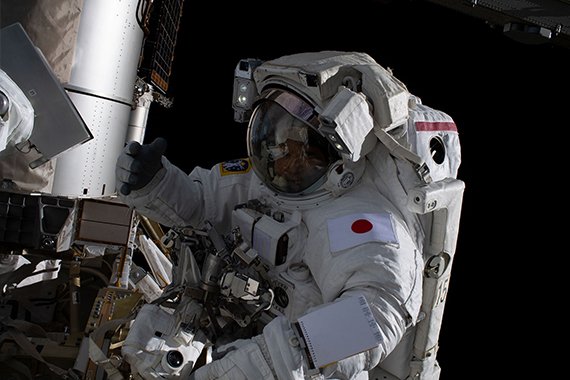
Retired from JAXA.
Unless specified otherwise, rights to all images belong to ©JAXA




